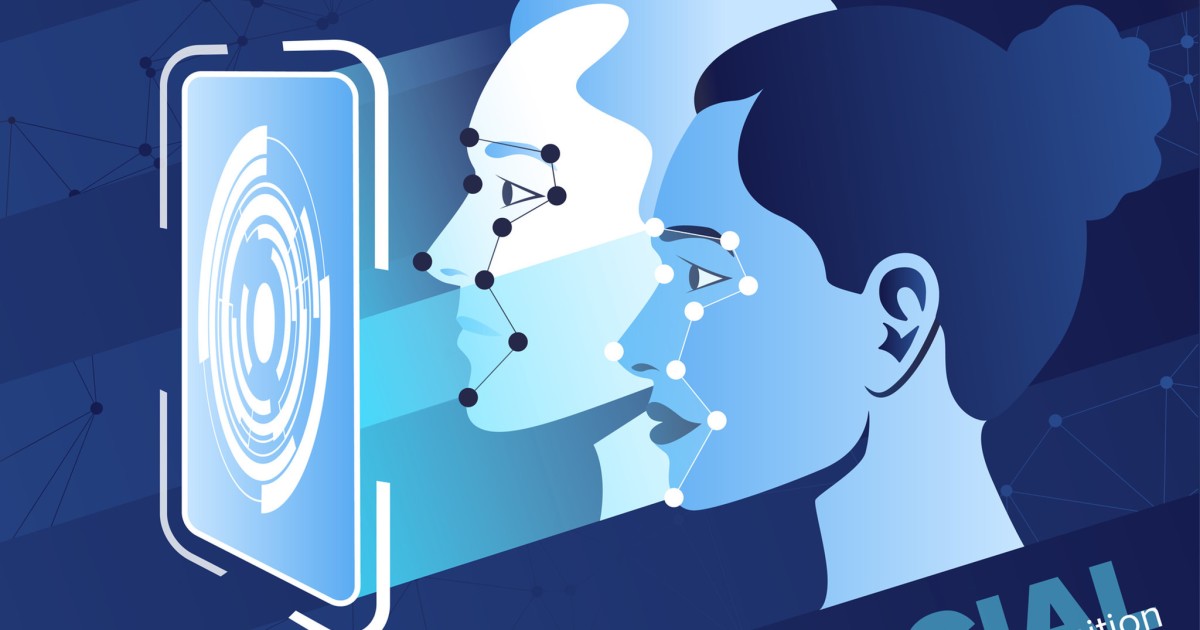
If you’re anxious about how facial recognition technologies is currently being used, you should really be. And factors are about to get a whole lot scarier until new regulation is set in location.
Currently, this technological know-how is being utilised in quite a few U.S. metropolitan areas and all around the planet. Rights groups have raised alarm about its use to monitor public spaces and protests, to observe and profile minorities, and to flag suspects in legal investigations. The screening of vacationers, concertgoers and sporting activities followers with the technological know-how has also sparked privacy and civil liberties worries.
Facial recognition significantly depends on device studying, a type of synthetic intelligence, to sift by means of nevertheless visuals or online video of people’s faces and acquire id matches. Even far more doubtful forms of AI-enabled checking are in the will work.
Tech businesses have started hawking a selection of solutions to authorities clients that try to infer and predict thoughts, intentions and “anomalous” conduct from facial expressions, system language, voice tone and even the course of a gaze. These systems are currently being touted as powerful equipment for governments to anticipate felony exercise, head off terrorist threats and police an ever more amorphous variety of suspicious behaviors. But can they really do that?
Applications of AI for emotion and behavior recognition are at odds with scientific studies warning that facial expressions and other exterior behaviors are not a responsible indicator of mental or emotional states. And that is worrying.
One issue is that these technologies could one out racial and ethnic minorities and other marginalized populations for unjustified scrutiny, if how they talk, gown or stroll deviates from actions that the program is programmed to interpret as normal — a conventional possible to default to the cultural expressions, behaviors and understandings of the vast majority.
Most likely cognizant of these issues, the Business for Financial Cooperation and Development and the European Union are formulating ethics-dependent rules for AI. The OECD Principles and the Ethics Pointers produced by the European Commission’s Substantial-Amount Skilled Team consist of vital recommendations. But several crucial suggestions working with human rights obligations need to not just be voluntary expectations: They really should be adopted by governments as lawfully binding policies.
For instance, the two sets of guidelines acknowledge that transparency is important. They say that governments should really disclose when anyone might interact with an AI program — this sort of as when CCTV cameras in a neighborhood are equipped with facial recognition software program. They also simply call for disclosure of a system’s internal logic and true-lifetime effect — which faces or behaviors, say, is the software program programmed to flag to law enforcement? And if so, what may take place when an individual’s deal with or conduct is flagged?
These types of disclosures should really not be optional. Transparency is a prerequisite equally for shielding specific rights and for assessing no matter whether govt methods are lawful, vital and proportionate.
Both of those sets of pointers also emphasize the great importance of producing policies for liable AI deployment with input from these affected. Conversations ought to take place ahead of the devices are acquired or deployed. Oakland’s surveillance oversight law gives a promising design.
Less than Oakland’s law, governing administration companies should provide public documentation of what the systems are, how and the place they plan to deploy them, why they are desired and irrespective of whether there are significantly less intrusive suggests for carrying out the agency’s objectives. The legislation also demands safeguards, these as guidelines for gathering info, and frequent audits to keep an eye on and right misuse. These types of facts need to be submitted for thought at a public listening to, and acceptance by the Town Council is necessary to purchase the engineering.
This variety of collaborative approach insures a broad discussion of irrespective of whether a technological innovation threatens privacy or disproportionately affects the legal rights of marginalized communities. These open up discussions may increase more than enough issues about the human legal rights challenges of governments applying facial recognition that a choice ought to be produced to ban it, as has took place in Oakland, San Francisco and Somerville, Mass.
Companies delivering facial recognition for industrial use must also be held legally accountable to high standards. At a least, they really should be necessary to maintain extensive information about how their computer software is programmed to kind and discover faces, which include logs of the details applied to train the computer software to classify facial characteristics and of modifications produced to the underlying code that influence how faces are discovered or matched.
These history-trying to keep procedures are key to satisfying the transparency and accountability criteria proposed by the OECD and in the EU. They can be significant to analyzing whether or not facial recognition software program is correct for some faces but not some others, or why an individual was misidentified.
To present time to build these essential regulatory frameworks, governments must impose a moratorium on the use of facial recognition. Without the need of binding polices in spot, we can not be guaranteed that governments are meeting their human rights obligations.
Amos Toh is the senior researcher on synthetic intelligence and human legal rights at Human Rights Watch.




